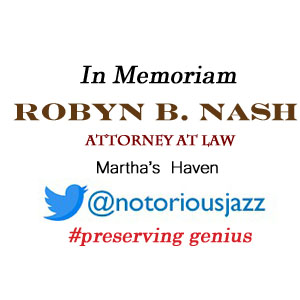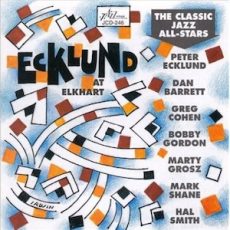
Daily Dose Of Jazz…
Peter Ecklund was born on September 27, 1945 in Woodbridge, Connecticut. In 1967 he received a degree from Yale University.
He went on tour with singer Paula Lockheart and started a jazz band. Additionally, he worked with many pop and rock bands in the 1970s and 1980s. He became a substitute for the Nighthawks Orchestra led by Vince Giordano and a member of the Orphan Newboys led by Marty Grosz.
He recorded six albums as a leader and another forty-five with David Bromberg, Marty Grosz, Geoff Muldaur, Leon Redbone, Paul Butterfield, Doveman, Bob Dylan, Howard Fishman, Steve Forbert, Gloria Gaynor, Steve Goodman, Hello People, Ian & Sylvia & the Great Speckled Bird, Keith Ingham, Michael Jerling, George McCrae, Martin Mull, Alex Pangman, Bonnie Raitt, Tom Sancton, Cynthia Sayer, Johnny Shines, Paul Siebel, Siegel–Schwall Band, Eric Von Schmidt, Andrea True Connection, Terry Waldo, Loudon Wainwright III, and Mitch Woods.
Cornetist Peter Ecklund died on April 8, 2020 from Parkinson’s disease.
More Posts: bandleader,cornet,history,instrumental,jazz,music
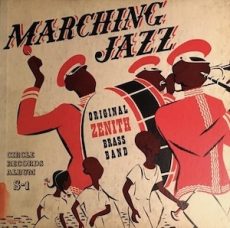
Daily Dose Of Jazz…
Isidore Jean “John” Barbarin was born September 24, 1871 in New Orleans, Louisiana. He began learning cornet at age 14, then played in various New Orleans brass bands, like the Onward Brass Band, the Excelsior Brass Band, and Papa Celestin’s Tuxedo Brass Band.
He did not make it on to record until 1945, when he recorded with Bunk Johnson; in 1946 he recorded with the Original Zenith Brass Band. He was a mainstay of the New Orleans jazz scene in the decades around the turn of the 20th century.
Cornet and alto horn player Isidore Barbarin died on June 12, 1960 in New Orleans.
More Posts: alto horn,cornet,history,instrumental,jazz,music
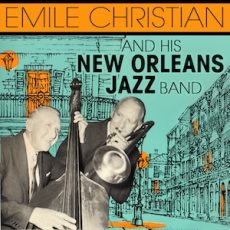
Daily Dose Of Jazz…
Emile Joseph Christian born April 20, 1895 in the Bywater neighborhood of New Orleans, Louisiana, was the younger brother of noted cornetist and bandleader Frank Christian. He played both cornet and trombone with the Papa Jack Laine bands. He went to Chicago, Illinois in late 1917 to play trombone with the Bert Kelly Jass Band. The following year he moved to New York City, replacing Eddie Edwards in the Original Dixieland Jass Band, touring England and making his first recordings with this band.
After a brief time in the Original Memphis Five, he returned to Europe and from 1924 into the 1930s, he played bass and trombone with various jazz bands. In Berlin, Germany he recorded, in Stockholm, Sweden he recorded with Leon Abbey’s band. In Paris, Nice and Aix-les-Bain, France he played with Tom Waltham’s Ad-Libs. In 1935 he played with Benny Peyton’s Jazz Kings in Switzerland.
Christian played in both Black and White bands in Europe and India before returning to the United States after the outbreak of World War II. The 1950s saw him moving back to New Orleans, where he played with the bands of Leon Prima, Santo Pecora, and Sharkey Bonano and his own band. In 1957 he toured with the Louis Prima Band and continued playing in New Orleans into 1969.
Trombonist and cornetist Emile Christian, who wrote a number of tunes and in his later years mostly playing string bass, died on December 3, 1973 in New Orleans at the age of 78.
More Posts: cornet,history,instrumental,jazz,music,string bass,trombone
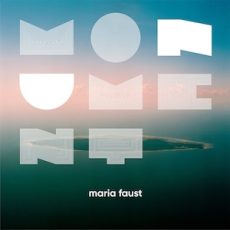
Daily Dose Of Jazz…
Maria Faust was born on April 18, 1979 in Kuressaare,, Estonia. Growing up under the Communist regime she was classically educated, and at the conservatory there, she didn’t feel that there was room for her, musically. Yearning for something different in Tallinn, jazz and improvisational music took hold of her, but in order to develop further, she had to leave the country. With the help of the Danish Cultural Institute, she came to the Southern Danish Music Conservatory. Even in her new surroundings, she felt she did not fit into the world of jazz.
She plays and composes in non-traditional ways, and her big breakthrough came with her album, Sacrum Facere, which is Latin for human sacrifice. It was inspired by the culture of deported orthodox Russians. With collected work songs, hymns, and lullabies she merged the material with classical music and free improvisation. The album received universally positive reviews, and received two Danish Music Awards in 2014 for Jazz Composer of the Year and Jazz Crossover Release of the Year.
She has worked with John Parish and Mark Howard. She tours western Europe, the Balkan Peninsula, South America, China, and Russia. Saxophonist Maria Faust, who has recorded nine albums as a leader, continues to push the boundaries of music.
More Posts: bandleader,bass,cornet,history,instrumental,jazz,music,trombone
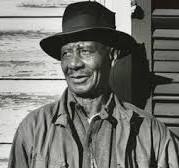
Daily Dose Of Jazz…
Tom “Kid” Albert was born on December 23, 1877 on a plantation field in Plaquemines Parish, Louisiana.. He later relocated to New Orleans, Lousiana sometime in his early childhood, settling in the Algiers neighborhood. Living in a run-down shack on Saux Lane, an impoverished strip near the Naval station. He initially played the guitar before learning how to play the violin and was taught basic methods for each instrument by Jimmy Palao.
In the 1890s he began working with the bands with violinist Johnny Gould, and with “Big Eye” Louis Nelson Delisle on clarinet. Soon after he mastered the cornet and the violin Albert’s first band in 1908 was his own which included Papa Celestin and Manuel Manetta. In 1920, he founded the Eureka Brass Band and during the earlier years his band played in Algiers with Henry Red Allen Sr. Band.
In his late thirties, Albert moved across the river to the French Quarter and reformed his band, branding it the Kid Albert Band. The band then began performing in several halls around the city, mostly in the Storyville and Treme sections. For a decade the Kid Albert Band played alongside jazz pioneers Louis Armstrong, Kid Thomas Valentine and other small brass bands but never recorded.
In 1949 trumpeter, violinist and bandleader Kid Albert retired from the bands and died on December 12, 1969, at the age of 91.
More Posts: bandleader,cornet,guitar,trumpet



